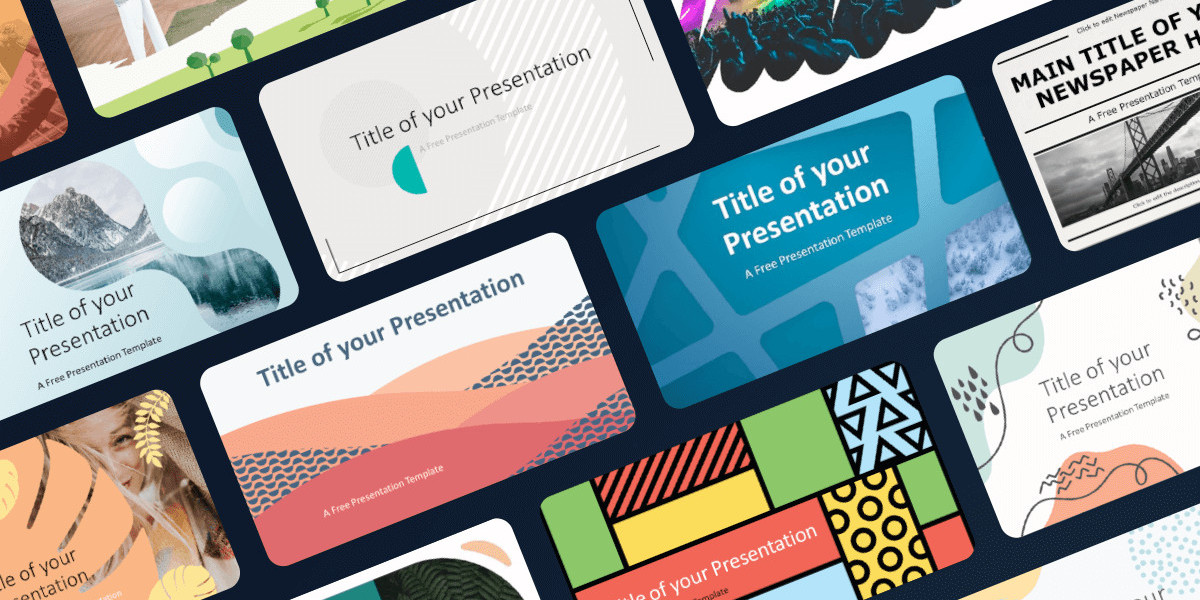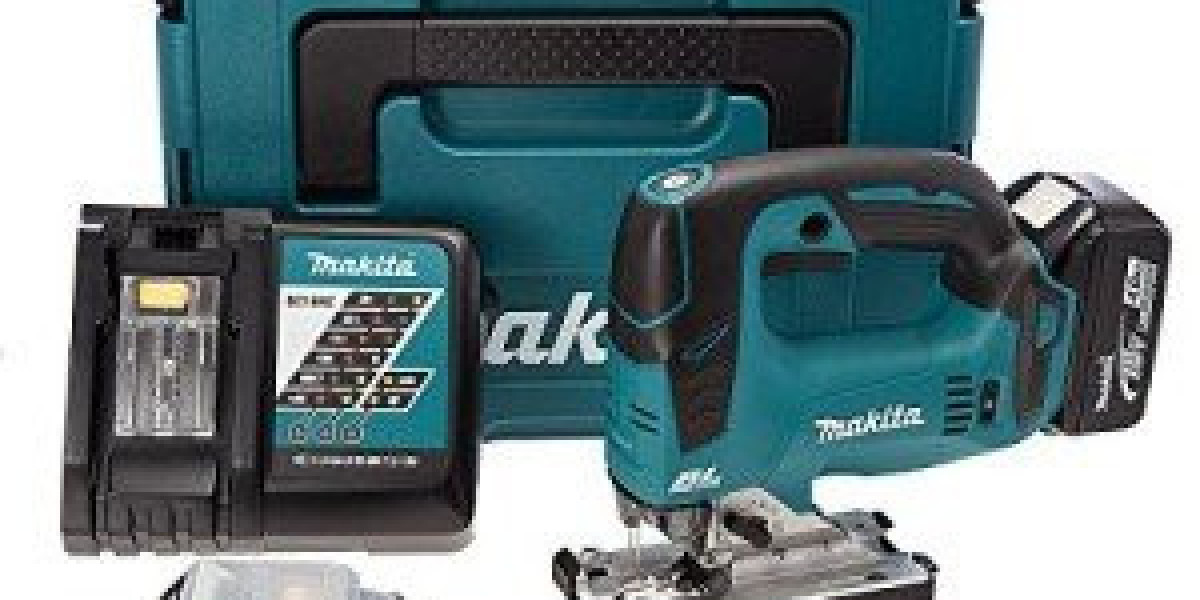PowerPoint templates play a crucial role in setting the stage for a winning presentation. Whether you're pitching a product, service, or idea, the right template can improve comprehension, inspire confidence, and drive decisions. In this article, we explore PowerPoint template ideas tailored specifically for sales pitches that win deals, covering layout, visual hierarchy, storytelling, customization, and presentation flow.
The Anatomy of a Great Sales Pitch Deck
Before diving into templates, it’s important to understand the typical structure of a sales pitch presentation. Most winning pitch decks include the following key sections:
Introduction and Agenda
Problem Statement
Solution and Product/Service Overview
Unique Selling Proposition (USP)
Market Opportunity
Social Proof/Case Studies
Pricing
Call to Action (CTA)
Each of these sections can be transformed into dynamic slides using a well-thought-out template. Let’s look at how.
1. Clean and Minimalist Templates
Sales pitches should deliver clarity and confidence. Clean templates with lots of white space, subtle color schemes, and consistent alignment help audiences stay focused on the message. Minimalist templates eliminate visual noise and emphasize key points.
Ideal for: Professional services, B2B sales, SaaS products
Design tips:
Use large headlines and ample margins
Choose a monochrome palette with one accent color
Avoid heavy text; favor bullet points or icons
2. Bold Visual Templates
Sometimes you need to grab attention. Bold templates with strong visuals, dramatic typography, and high contrast colors are excellent for creative industries or disruptive product pitches. These templates make an impression and are harder to forget.
Ideal for: Startups, new product launches, marketing services
Design tips:
Use full-bleed images or colorful backgrounds
Add dynamic animations sparingly to highlight transitions
Pair bold visuals with short, punchy text
3. Story-Driven Templates
Stories sell. Templates that follow a storytelling structure—hero’s journey, transformation, before/after scenarios—can make a sales pitch emotionally resonant. These templates guide the presenter through a narrative arc with visual cues to pace the story.
Ideal for: High-touch services, mission-driven brands, nonprofits
Design tips:
Use timeline or progression slides to show change
Design “problem-solution” slides with contrasting visuals
Use testimonials and case studies as story elements
4. Data-Centric Templates
If your pitch hinges on ROI, performance, or statistics, you’ll need a data-centric template. These templates make numbers digestible and credible through charts, infographics, and dashboards.
Ideal for: Financial products, enterprise software, consultancy services
Design tips:
Use bar graphs, pie charts, and KPI widgets
Visualize trends with line graphs or heat maps
Include short, written insights next to charts
5. Product-Focused Templates
When you're selling a tangible product or platform, templates that highlight features, benefits, and usage scenarios are essential. These templates often include mockups, screenshots, and explainer visuals.
Ideal for: Tech products, consumer electronics, apps
Design tips:
Use device frames (e.g., phone or laptop) to showcase screens
Include feature comparison tables
Add “use case” slides for different audience segments
6. Personalized Client Templates
Generic pitches rarely win big deals. A customized template that incorporates your client’s branding, industry challenges, and terminology feels more consultative. These templates show you’ve done your homework and are focused on solving their unique problems.
Ideal for: High-value B2B sales, agency proposals, partnership pitches
Design tips:
Integrate client’s logo and brand colors
Include a personalized agenda slide
Use industry-specific icons or imagery
7. Visual Hierarchy Templates
Visual hierarchy ensures that the most important message is seen first. Templates that apply strong layout principles—such as Z-pattern or F-pattern reading flows—guide the eye naturally. These designs use font size, contrast, and spacing strategically.
Ideal for: Complex sales with multiple decision-makers
Design tips:
Highlight headlines and CTA in large font
Use color to differentiate primary and secondary info
Place key metrics or quotes in high-visibility areas
8. Modular Templates
Sales teams often need to adapt their decks for different clients. Modular templates are designed like building blocks—slides that work independently or as part of a set. These are especially useful for reps who pitch multiple products or verticals.
Ideal for: Franchise sales, channel partners, multi-product companies
Design tips:
Create reusable slide modules (e.g., feature cards, team bios)
Use master slides to maintain consistency
Include blank layout options for custom content
9. Visual Metaphor Templates
Using metaphors like ladders (growth), bridges (solutions), or paths (journeys) can help communicate abstract concepts. Templates built around metaphors add conceptual clarity and memorable design.
Ideal for: Strategic consulting, change management, transformation solutions
Design tips:
Integrate metaphor-based illustrations or diagrams
Align each section of your pitch to a metaphor stage
Keep metaphor usage consistent across slides
10. Dynamic Templates for Live Demos
When your pitch includes a live demo or interactive component, your template should support that with transitions, minimal distractions, and navigation elements like slide menus or clickable buttons.
Ideal for: Software demos, virtual pitches, tech showcases
Design tips:
Create a clean frame around the demo area
Use icons for quick navigation to different sections
Embed links or buttons for product walkthroughs
Using PowerPoint Templates the Right Way
PowerPoint templates are tools—not solutions in themselves. To get the most out of your sales pitch template:
Adapt rather than adopt. Even the best templates need some tweaking. Make sure slide text, imagery, and branding align with your audience.
Avoid clutter. Keep one message per slide and avoid packing in too much information.
Practice flow. Rehearse how you transition between slides so the narrative feels natural.
Be consistent. Ensure fonts, colors, and icon styles are uniform throughout the presentation.
Leverage visuals. Replace text-heavy slides with diagrams, images, or short videos where possible.
Where to Find or Create Winning Templates
There are several great places to find or build templates that elevate your sales presentations:
Marketplace platforms like Envato Elements, SlideModel, or GraphicRiver offer professionally designed templates for various industries.
PowerPoint Templates from Microsoft’s own library are a good starting point and can be customized to suit your style.
Custom-designed templates by presentation design agencies ensure brand alignment and strategic flow.
Do-it-yourself tools like Canva or Visme offer drag-and-drop interfaces for building visually rich templates without advanced design skills.
Final Tips for a Winning Sales Presentation
No matter how attractive your template is, it won’t win the deal alone. A few closing tips to bring it all together:
Know your audience. Tailor your visuals, language, and benefits to the specific client or investor.
Tell a story. Even with a data-centric pitch, use narrative techniques to create engagement.
Practice delivery. Confidence and timing go hand-in-hand with compelling visuals.
End with clarity. Make your call to action unmissable. Whether it’s booking a follow-up, signing a deal, or starting a trial, your final slide should drive the next step.
Stay adaptable. Have backup slides, FAQs, or a live version of your deck available to address concerns on the fly.
Conclusion
PowerPoint templates are more than cosmetic additions—they’re strategic tools that help frame your message, impress your audience, and close more deals. By choosing or designing templates that match your sales goals, product type, and audience expectations, you can dramatically improve the impact of your presentation. Whether you need a clean, data-focused layout or a bold, story-driven experience, there’s a template style that fits—and wins.







